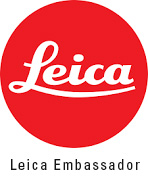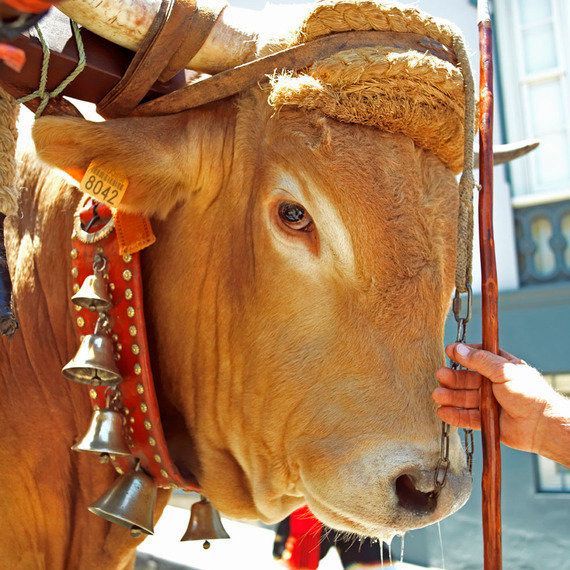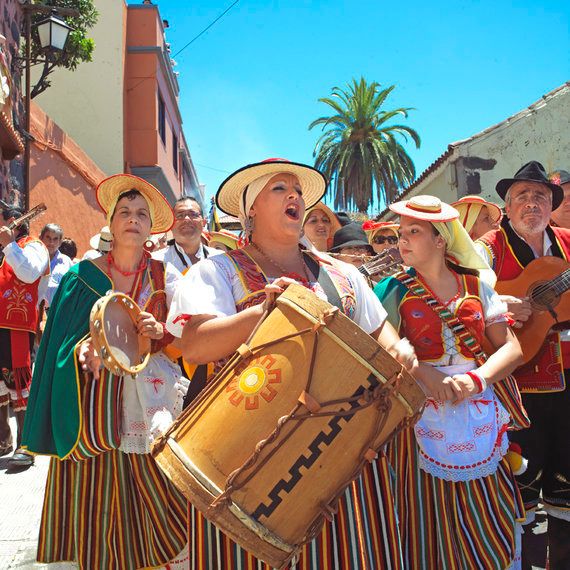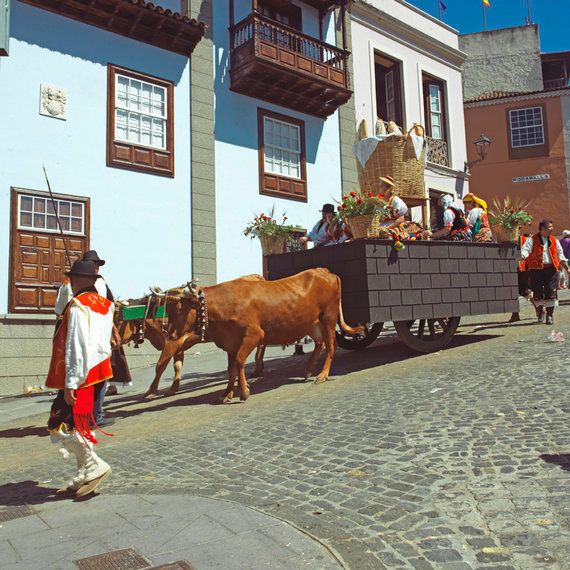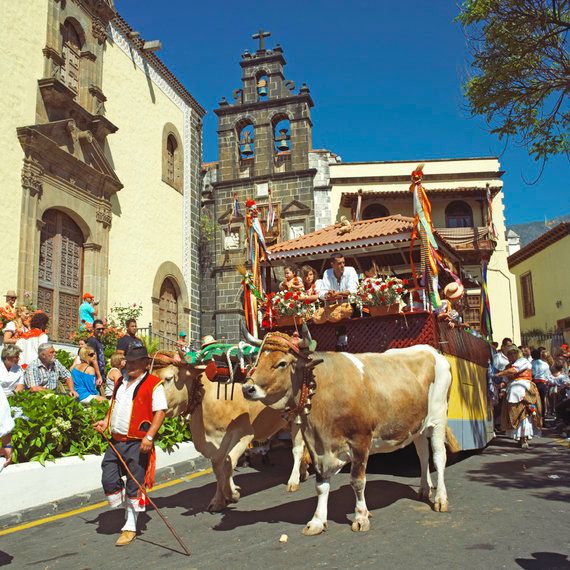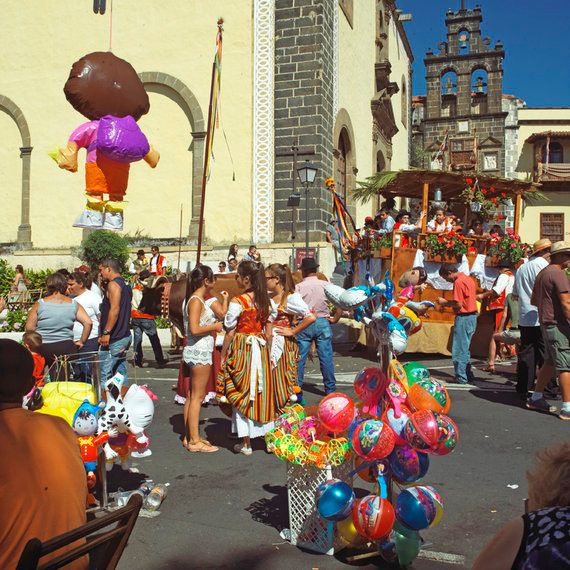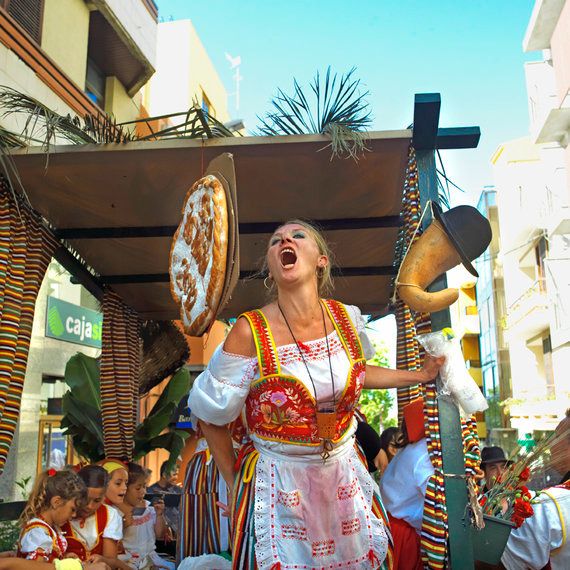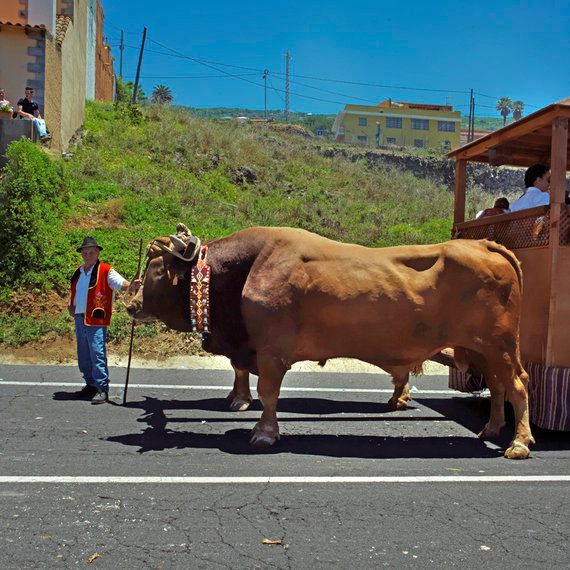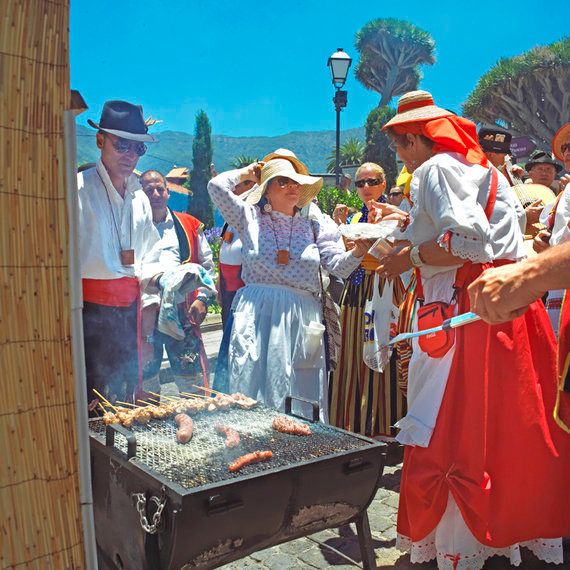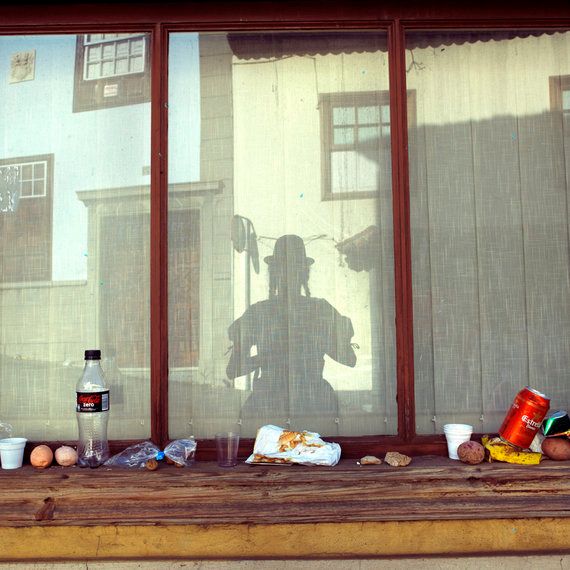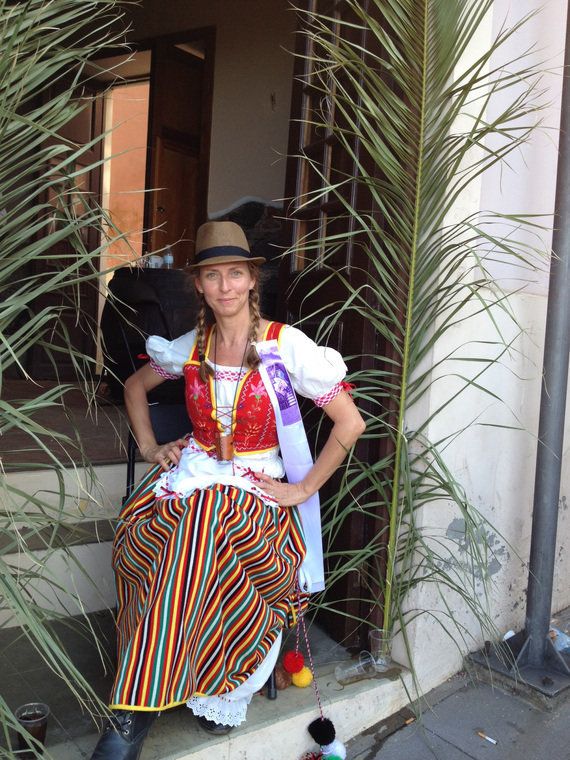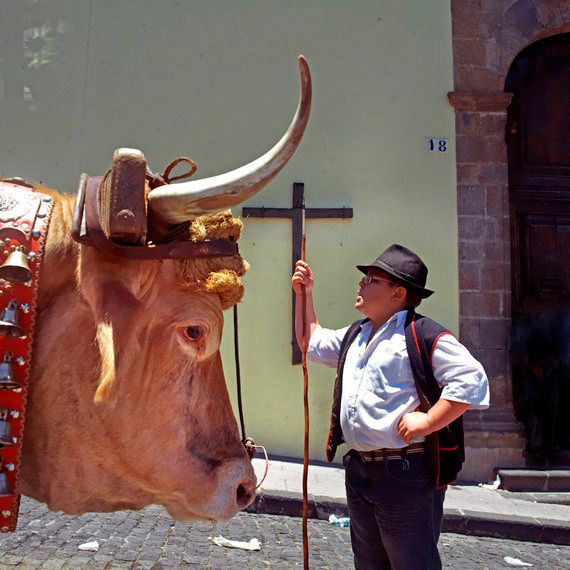
Unlike previous posts in which, inspired by a situation, I first think, then write and finally photograph; this time I return to my roots, first photographing and then writing.
While boring traffic jams Madrid and the big cities pollute, this facts almost always cause of noise and disputes, there are other traffic jams to be discovered.
One of them is the march of more than a thousand Canarian oxes – some weighing more than 800 kilos – dragging the traditional wooden carts, whose wheels seem about to break under the weight at any moment, full of people of all ages, roasting meat in the back and serving wine to all who pass by.
I would not dare to give a figure on how many patron saint’s festivals are held each year in all the cities, towns, villages and neighbourhoods of Spain, but I can say that very good photographs can be taken in each and every one of them. When I began my photography studies at the Savannah School of Art and Design, my teacher at the time recommended that I take photographs of Spain during my summer holidays.
I had just discovered Cristina García Rodero – still my favourite Spanish photographer – and after spending that whole summer in my mother’s village, I started with the idea of a collection of holiday photographs. And today, 22 years later, I am still excited to have the opportunity to participate and photograph a party.
Invited by BlueRoom and the Tourism Office of Tenerife, this summer I had the opportunity to attend the Fiestas de la Orotava with other journalists.
La Orotava is a colourful colonial town located on one of the slopes of Teide, the great volcano that rises above the Canary Islands like a hawk. As official guests, we were invited to dress up as “Magicians”, with the regional costumes in order to fully enjoy the party together with the locals. Completely incognito, except for my camera which stood out wherever I went.
On the last Sunday of the festival, the Pilgrimage takes place, which begins at a high point in the village and descends through the mountains. Dressed as Maga, I took my camera and made my way down to The House of Balconies.
It was impressive to see the oxen facing the slope almost diagonally to the ground, using their hooves as brakes. The logical thing would be for the wagons to be driven by grown men used to working with the oxen in the fields and handling them in delicate situations, but instead many of the wagons were guided by children, orchestrating and ensuring the flow of traffic as if they were urban guards. Needless to say, the oxen are passive and quiet creatures that seem to be, in turn, proud to participate in the pilgrimage.
These are the images I captured and I have the feeling that the only way to present them was to tell a story. My favourite is the story of the boy and his ox, the juxtaposition and the graphic composition speak for themselves. The horn that seems to extend to protect the child, the admiration in the animal’s gaze, so intense and obedient. The whistle in the child’s mouth and the rod perfectly aligned with the cross. No comment!
Pictures taken with my Haselblad 501 camera, Carl Zeiss lens 50mm and slightly retouched to optimize the tone and color.



